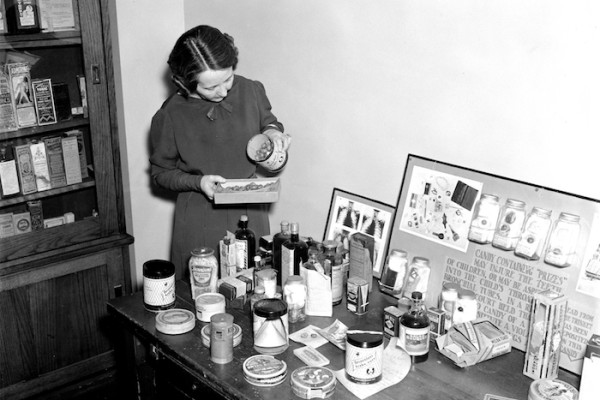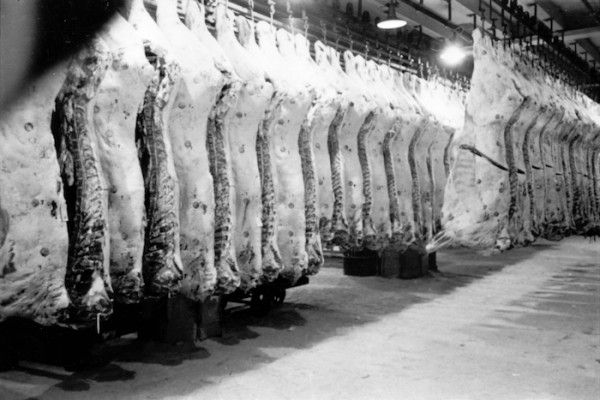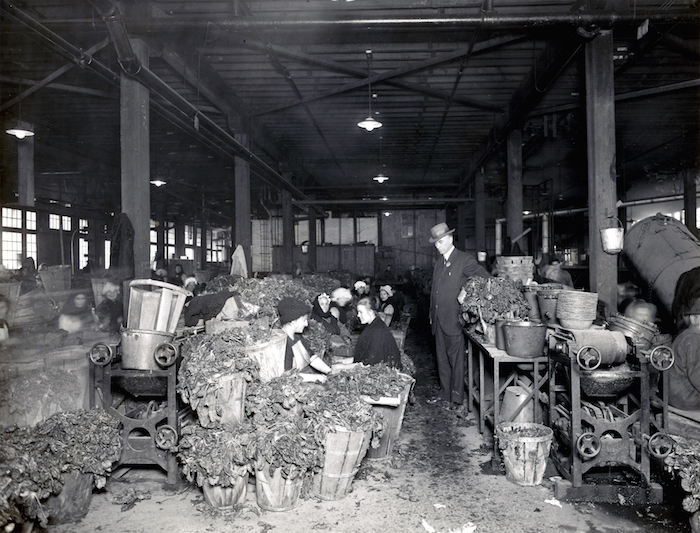
With the Food Safety Modernization Act on the cusp of coming into effect, we’re taking a look at the history of the US Federal Government passing legislation to improve food safety in the country.
Have you ever stopped to think about how many people suffer from foodborne illness every year? In 2003, the World Health Organization (WHO) determined that about 30% of reported food poisoning occurs in private homes. In the USA alone every year, there are about 76 million cases of foodborne illness leading to 325,000 hospitalizations and 5,000 deaths.
Now, have you ever stopped to think about how many people would suffer from foodborne illness every year without FDA requirements?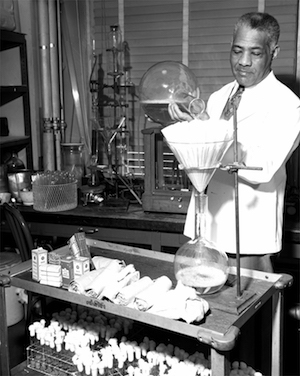
Prior to the FDA (Food and Drug Administration) there were very few regulations on the food industry. Restrictions on food and pharmaceuticals did not become a big concern until the 20th century. From 1879-1906, nearly one-hundred bills were introduced in Congress in hopes to regulate food and drugs, but most were unsuccessful.
The Vaccine Act of 1813
The Vaccine Act of 1813 was one of the first regulations on food and medication that existed before the 20th century, but it was very short-lived. This Act was a federal law that encouraged the vaccination against smallpox after a doctor named Edward Jenner discovered a vaccination for the disease in 1796. Certain state laws provided a variation of protection against unethical sales practices.
The Act was annulled in 1822 after a huge smallpox outbreak in North Carolina in 1821. A doctor named John Smith caused this outbreak with a contaminated vaccine. After this outbreak, only certain authorities could regulate vaccines to the states.
The Biologics Control Act of 1902
The Biologics Control Act of 1902 was the next big Act after the Vaccine Act of 1813. This law was passed after several people, including two children, died from contaminated vaccinations. An antitoxin was being extracted from a horse who later on contracted tetanus, causing people to get sick and die. The Act mandated manufacturers to be licensed annually for the sale of antitoxins, serums, and vaccines.
Unlike the first one, this Act was actually successful. After the FDA was created, the same laws were to be enforced, but the named changed to the Bureau of Biologics. This Act set a precedent for all federal regulations of biological products.
The Food and Drugs Act of 1906
The next Act, also known as the “Wiley Act” was signed by President Roosevelt. The Act prohibited the regional transport of food that had been “adulterated.” The standard of strength, quality, or purity was required to be present on all food and medication labels. For example, if there were any fillers included in a food or pharmaceutical product, it had to be listed on the label because of the reduced quality or strength of the product.
The Food and Drug Act of 1906 is what really set the standards for future regulations and initiated a number of new laws.
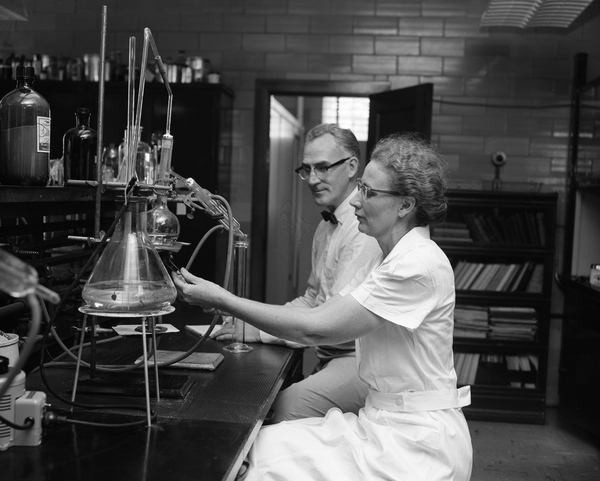
…And Finally, the Food and Drug Administration
The Bureau of Chemistry’s name became the Food, Drug, and Insecticide Administration in 1927. The non-regulatory research functions of the bureau were transferred to the Agriculture department, so in 1930, the name was shortened to the Food and Drug Administration.
After it was officially created, the FDA recommended a total revision of the obsolete 1906 Food and Drugs Act in 1933. A bill was created into the Senate shortly afterwards, as well as many other bills that expanded the department. The Federal Food, Drug, and Cosmetic Act of 1938 was another large bill that Congress passed.
By 1939, the first food standards were issued on products like canned tomatoes, tomato purée, and tomato paste.
The FDA is still coming up with new laws and regulations all the time. Stop back next week to learn more about the history of the FDA and its current work.



